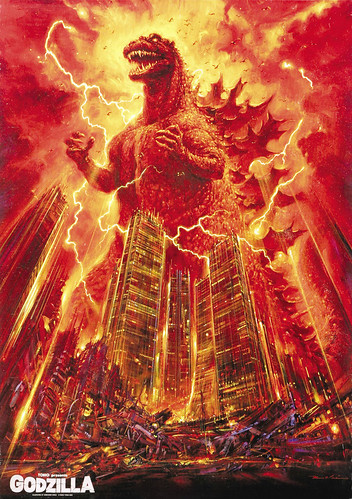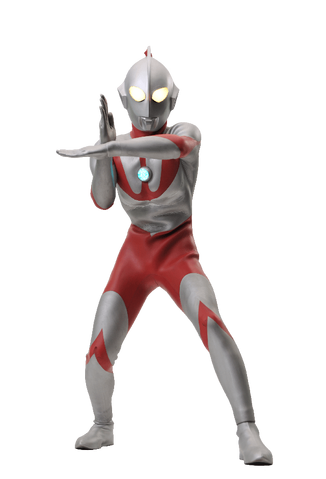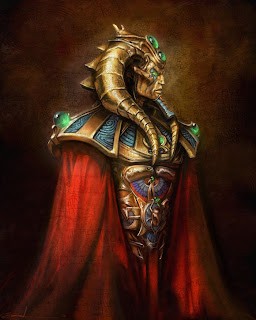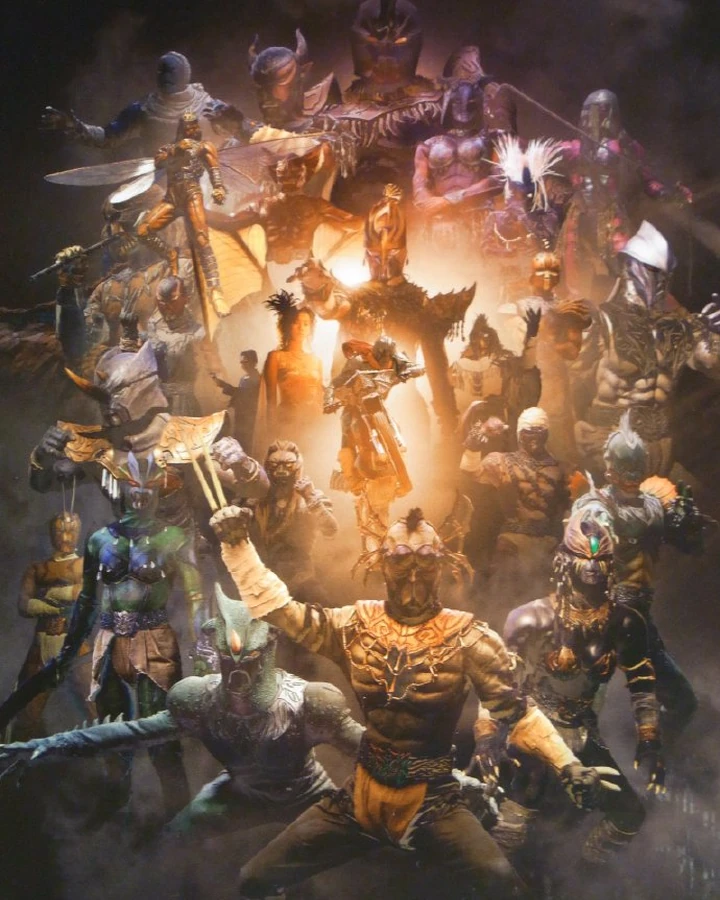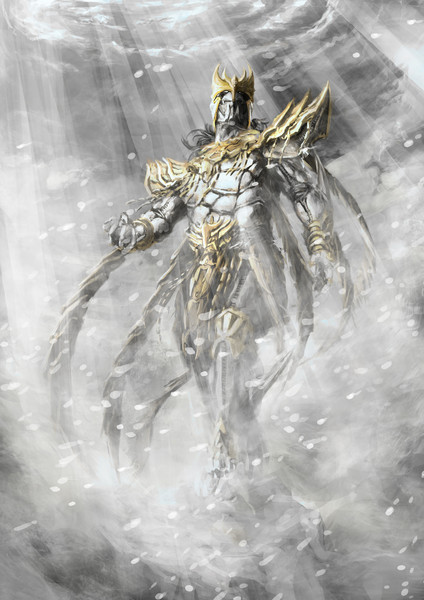Clay wrote:Instead of dividing Health and Damage in this way, you could arguably make use of the Health Reserve Boss Ability to inflate Health totals.
That is a possibility. Maybe something like a new Ability that grants extra levels of health (since a normal PC kind of has two levels- Heath and Endurance, and Bosses have three with the
Health Reserve ability). Unfortunately, that's not exactly what I'm looking to do. And part of the excitement of RPGs is not what we can't do, but what we
can.
Here's maybe a better example of My intention.
You pop in Final Fantasy 7. Cloud Strife starts of at 300 HP and is doing about 30-50 points of damage. I'm not going to do a thorough build of Cloud, just a fragment.
Cloud
Quick Abilities
Attack +2
Monstrous Damage +1
Monstrous Durability +1
Tough +2
Health: 300
Buster Sword: Effective 1 (+5), Weapon (-5); Roll: x, DX: 20, End: 0
Braver: Effective 3 (+15), Desperate* (-10), Weapon (-5); Roll: x, DX: 35, End: 0
Lightning Bolt: Affinity (Electricity), Effective 1 (+5), Ranged (+0): Roll: x, DX: 15, End: 5
*Desperate: Your attack is only effective after you've lost all Health or have accumulated enough damage equal to your Health, otherwise it does no damage.
You've played through the game, are at the third disc, and about to descend the Crater for the final encounter. If you don't have 9999 HP, you're not trying.
Cloud
Quick Abilities
Attack +5
Monstrous Damage +5
Monstrous Durability +4
Tough +5
Health: 10000
Omnislash: Overwhelming (+15), Desperate (-10), Weapon (-5); Roll: x, DX: 600, End: 0
Chris Brady wrote:On one hand, the Scale system is a quick and dirty way to show power disparity. However, that doesn't always cover a few mecha shows. On the other hand, this system breaks power and toughness in two, and frankly, I don't see how this works.
There's two reasons I had to split power and toughness.
For one, it seemed too powerful as a single Ability to multiply power and toughness. By making it two Abilities, it implies a greater investment, which is a sort of balance. When I originally came up with this idea, it was for BESM 3rd edition, and since their Attributes had a Character Point cost, it worked better as a single Attribute. But I still had the nagging thought of if a boss had the health but not the damage multipliers which leads to...
For two, this can allow various types of Bosses to have higher HP to make them more dynamic, instead of just another equal tier of points to go through. However, if their power and toughness multiplied together, then a Player Character who does not have or has a lesser level would get slaughtered by the higher damage. Which is no fun for the players. Despite enjoying high levels of play, I don't think Party Killing campaigns are any fun.
Chris Brady wrote:And citing Palladium's Rifts as an example is proof (to me and only me) that this system is going to cause me no end of headaches. (For example: In Rifts a bunch -AKA 5- of soldiers or bandits with their equivalent of assault rifles can take out a giant robot -UAR-5 Enforcer- in one 15 second attack round, they lost one soldier, the robot was blown up. This is like a bunch of terrorists being able to take down a M1 Abrams tank with nothing but AK-74s. Just on a financial basis, this behooves most militaries to not use robots or tanks, but rather arm and armour their soldiers.)
That's perfectly understandable. And actually, yes, that is another intent with the higher numbers. Even with hundreds or thousands of Health points, Bosses and Monsters should still be defeated by players. By teaming together or using tactics, a group of lower leveled Players could take on and defeat something insane like Godzilla. That's part of what makes them heroes (in that kind of game).
A GM would probably have to hand-wave that normal grunts do basically no damage to these encounters, which is why even if tanks or jets are levied against Cthulhu and in theory could be defeated that way, it still requires the heroic touch of the players to do the actual damage.
I haven't decided if slowing the damage multiplier is necessary or not. In the original version, both damage and health were multiplied by the same per level. I thought maybe the damage might get too crazy if it scaled the same, so as a balance idea, I made the damage multiplier less than the health multiplier at 3+ levels. On the other hand, as long as the multiplier levels are the same across the board, then it doesn't matter if they do x1, x5, or x100 damage. The characters are going to play the same, just maybe with some extra 0s to their numbers.
Chris Brady wrote:I like the idea of ranks for power and durability for mechs, because (for example to use a classic Anime: Mospeada) there are three levels. You have regular people, next up is the transforming power armour/motorcycle (The Cyclone series in the American version) and then you have the mecha tanks and aircraft (The Alpha and Beta again, in the American version.)
Mecha is especially useful for this idea. I drew it from the Super Robot Wars video game series (where mecha generally had 1500-8500 health and did hundreds to ten thousands of damage). When I was messing with ideas to convert into the BESM 3rd system, I realized that I could get equivalent numbers either by dividing SRW units by 50 or multiplying BESM mecha by 50. I then extrapolated that for a 6 level concept, which I adapted to OVA here.
So, there were initially 3 'levels' of play: Normal, Real Robot, Super Robot. Normal would be for setting that Mecha was not special or any different than any other level of players. Iron Man, for example. Real Robot (x5) would be for machines that are considerably tougher and powerful than other stuff, but still have some restraint. Gundam or Macross. And Super Robots (x50) are for the crazy over the top genre, such as Mazinger Z, Getter Robo, or the SRW series.
The different levels of powers can also be useful for other types of encounters. A werewolf could be +1 in the attributes. They'd easily slaughter normal humans and would casually shrug off normal damage, but they are still defeatable by normal characters (albeit at great risk).
Superman could be +1 or +2, representing his superstrength and nigh invulnerability without being too overpowered with others of the Justice League.
Saiyans actually work out pretty well with this system too. A base level Saiyan would be +1, the Oozaru form is stated specifically as being 10 times as strong as a Saiyan (+2), a Super Saiyan is 50 times as strong than base(+3), and a Super Saiyan 2 is twice as strong as a Super Saiyan (+4). They don't officially say how strong a Super Saiyan 3 is, but wikis and resources suggest a Super Saiyan 3 is x400 base, which is close enough to the +5 level.
I might try to further illustrate this idea with Guyver and Tekkaman. A Zoanoid would be +1, a Guyver would be +2, and a Guyver Gigantic would be +3. A Tekkaman would probably be +3 and a Blaster Tekkaman would be +4.
In the end, I don't really expect this to be a popular idea, but it's closer the type of game I'd want (which is directly based off of video game logic like Final Fantasy or the craziness of the Rifts RPG which has neat but unfeasible ideas for players). And is not the beauty of RPGs in figuring out how to make the type of game we'd want?

